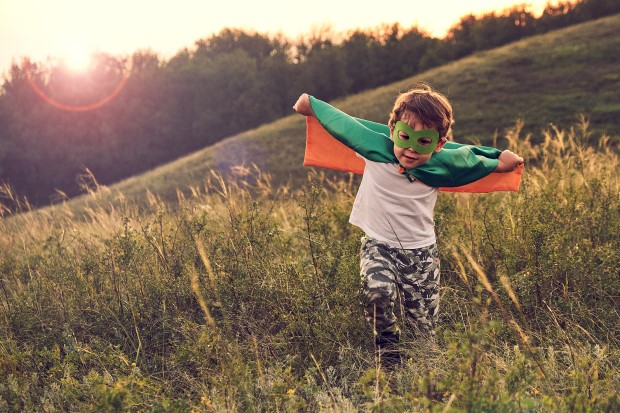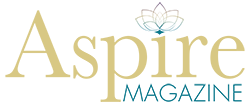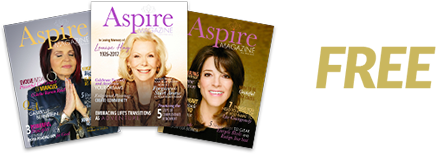
Fearlessness: Boldness, Courage, Pluck. We often mean these words when we talk about fearlessness. We don’t necessarily mean “without fear” but more something like, “Feel the fear and do it anyway.”
We may know that acting boldly and with valor has its rewards, but so much of the time, we live in the safe zone, don’t we? And this can be true of our writing, or any creative aspects of our lives, as well. So much of the time we operate where we’re comfortable. And where does that get us?
A few years ago, I’d been working on a short article about writing that I hoped to send into an anthology. I thought it would be easy to write something good, if not brilliant. After all, I’d written articles on writing with a certain ease for years for Aspire. Only nothing remotely resembling “brilliant” or “easy” came. Starting. Stalling. Stuck. I got nowhere. If I can—at times—inspire others as a writing coach, why was it so hard to inspire myself? I could feel my fear in my belly—would I ever be able to write again?
I booked a weekend retreat at Kripalu—a yoga and retreat center in the Berkshire Mountains—with the intent of completing this story and several other projects. Nada. I experienced an abundance of false starts. Everything I wrote felt inert.
A writing conference. Surely that would do it. I took a three day workshop on Creative Nonfiction taught by an exquisitely meandering essayist who shared, among many quotations, Alexander Smith: “…an ability to discern the infinite suggestiveness of things…” I thought my then five-year-old son. When he learned that I help people write and publish their books, he couldn’t quite grasp why anyone would need my help.
“It’s so easy to make a book, Mom,” he told me and, to prove it, he scurried into the living room, took a few pages from my husband’s printer, ran back to my office for the stapler, and held up his blank book.
Back to the living room, working in secrecy with watercolor paints, markers, and pencils, an hour later he emerged with his self-published tome—filled with letters he’d learned in school, though only one recognizable word—his name.
Other books followed. For most, he drew pictures and asked me or my mother-in-law or husband to write the words he dictated for each page.
In his wordy phase, he typed on my computer, asking me to read the combinations that read like the old Sesame Street alphabet song where Big Bird sounds out the alphabet into one consonant-rich 26-letter-word. Luke’s books were something like five to eight pages of “LKSDOIENjdosjeingsooej seonkngsojdoj KJDSOJOJF.”
In a more recent book, he painted and drew multi-media pictures, cut them into irregular shapes, and taped them into his book—sometimes one, sometimes two per page. When he accidentally added several pages worth upside down, we discovered that reading the book involved several partial rotations while reading.
I find the books intriguing and artistic—such an organic, spontaneous process to them as he paints, draws, cuts, reorganizes, pastes. It seems he’s done with pictures what a writer does with life—we find these bits and pieces, slice them away from their original context, reassemble, and create something new and surprising.
Surely he hadn’t known exactly what his book would look like. He’s fully present, absorbed, taken over by his creative process. He’s fearless. Bold. He “writes” his book in bits, in the moment, with spontaneity, joy, and a spirit of experimentation. He’s not worried about going beyond his comfort zone:
- What if I painted something?
- What if I cut it up?
- What if I put it together with this?
- Placed them here…and here?
It’s always struck me that our best writing comes from the unpredictable moments of unearthing—the part we didn’t know when we began writing. In fact, I teach this in my writing classes all the time. When we write only from what we know, it falls flat. Only when we meander, paint, cut out the pieces, rearrange, do we hit upon the delicious discoveries and bring our writing to life. It takes a sense of fearlessness to wander into uncharted territory when you’re writing, but it’s the only way to write.



